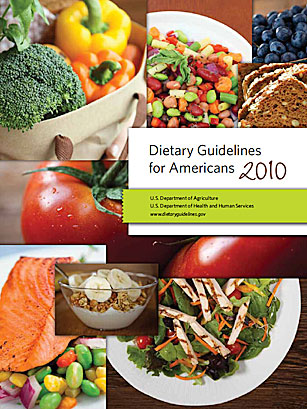
Every five years, the U.S. Department of Agriculture and the Department of Health and Human Services update its Dietary Guidelines for Americans (DGA). This year's update, released in January, urged people to eat less overall, and specifically recommended that they reduce added sugars, salt and fat; better balance the number of calories they eat with the amount they burn off; eat more vegetable and plant-based foods and seafood; and meet federal recommendations for physical exercise (for the average adult, about 150 minutes of moderate activity each week).
The DGA recommendation that the average middle-aged adult consume no more than 2,300 mg of sodium a day immediately came under fire from the American Heart Association, which advises that all Americans keep their sodium intake below 1,500 mg a day to lower the risk of heart disease and stroke.
In June, the government also unveiled MyPlate, its new symbol for healthy eating based on the DGA. The colorful plate, which is quartered into sections — fruits, vegetables, grains and protein — takes the place of the government's well-recognized but confusing food pyramid. Half the plate is taken up by fruits and vegetables; another smaller circle appears next to the plate representing dairy. The circular MyPlate departs from the original symbol's triangular shape and better represents how the average person eats — on a plate. Health officials hope that the new symbol's clear and simple "visual cues" will prompt consumers to make healthier eating choices — something that the decades-old food pyramid largely failed to do.